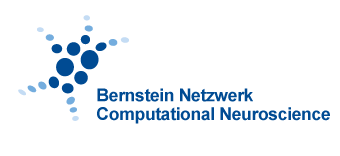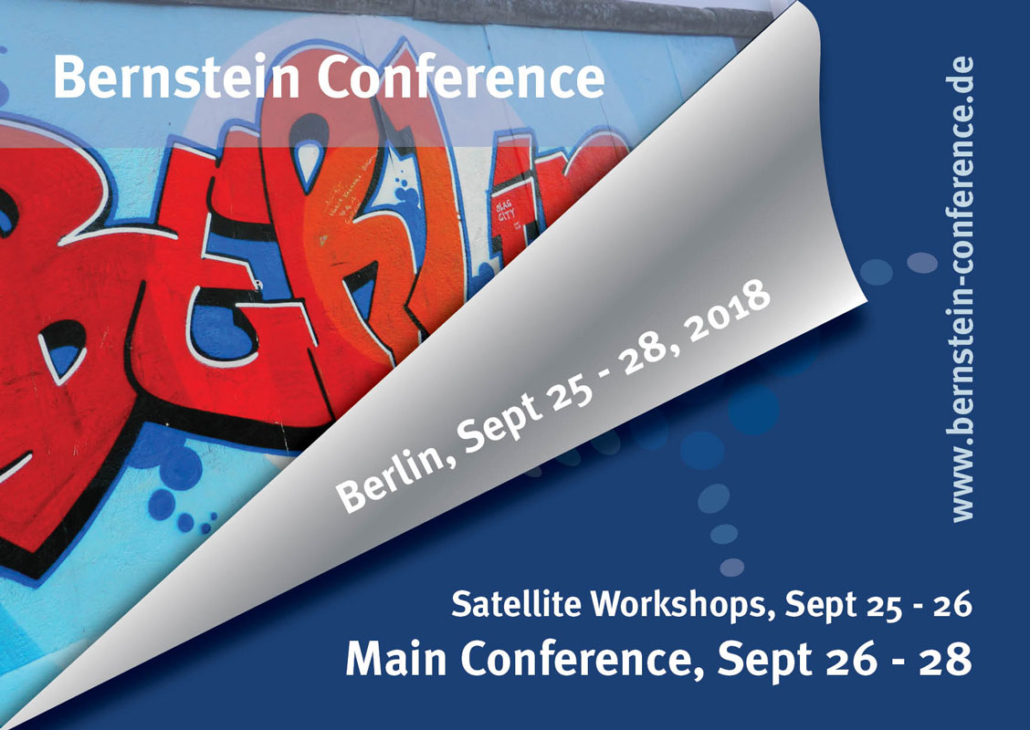Berlin
Date
Sep 25 – 28
Abstracts
Invited Lectures
James Di Carlo | McGovern Institute for Brain Research at MIT, USA
Reverse engineering human visual intelligence
Brent Doiron | University of Pittsburgh, USA
Old jobs for new inhibition: gain and stability in cortical networks with distinct inhibitory cell classes
Tatiana Engel | Cold Spring Harbour Laboratory, USA
Dynamics of cortical states during selective attention
Surya Ganguli | Stanford University, USA
Emergent elasticity in the neural code for space
Julijana Gjorgjieva | Max Planck Institute for Brain Research, Frankfurt, Germany
Shaping developing circuits by patterned spontaneous and early sensory activity
Vivek Jayaraman | Janelia Research Campus, Ashburn, USA
Towards a mechanistic understanding of navigational neural dynamics
Simon Laughlin | Cambridge University, UK
Pushing the limits
Sukbin Lim | NYU Shanghai, China
Inferring synaptic plasticity rules in cortical circuits from in vivo data
Timothy O’Leary | Cambridge University, UK
Bigger is better but too big is bad: how learning performance scales with neural circuit size
Eric Shea-Brown | University of Washington, Seattle, USA
What makes high-dimensional networks produce low-dimensional activity?
Tatjana Tchumatchenko | Max Planck Institute for Brain Research, Frankfurt, Germany
How to understand neural network dynamics via intracellular dynamics
Valentin Braitenberg Award Winner
Wulfram Gerstner | École Polytechnique Fédéral de Lausanne, Switzerland
Contributed Talks
Armin Bahl | Harvard University, USA
Neuronal mechanisms of evidence accumulation and decision making in the larval zebrafish
Alon Rubin | Weizmann Institute of Science, Rehovot, Israel
Revealing neural correlates of behavior without behavioral measurements
Louis Kang | University of California, Berkeley, USA
Replay arises naturally as a traveling wavefront in an entorhinal attractor network
Evelyn Tang | Max Planck Institute for Dynamics and Self-Organization, Göttingen
Effective learning is accompanied by high dimensional and efficient representations of neural activity
Johannes Zierenberg | Max Planck Institute for Dynamics and Self-Organization, Göttingen, Germany
Homeostatic plasticity and external input explain difference in neural spiking activity in vitro and in vivo
Giulio Bondanelli | École Normale Supérieure de Paris, France
Coding with transient trajectories in recurrent neural networks
Genis Prat-Ortega | Institut d’investigacions Biomèdiques August Pi i Sunyer, Barcelona, Spain)
Flexible categorization in perceptual decision making





